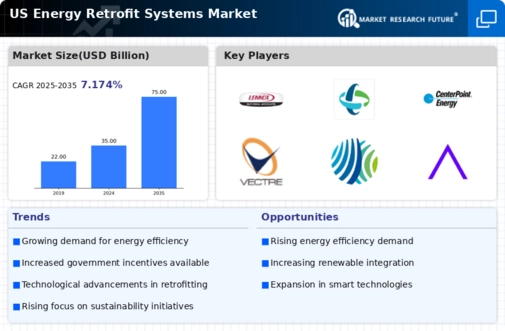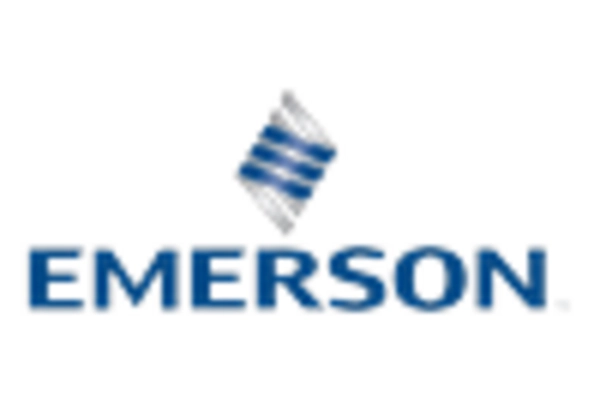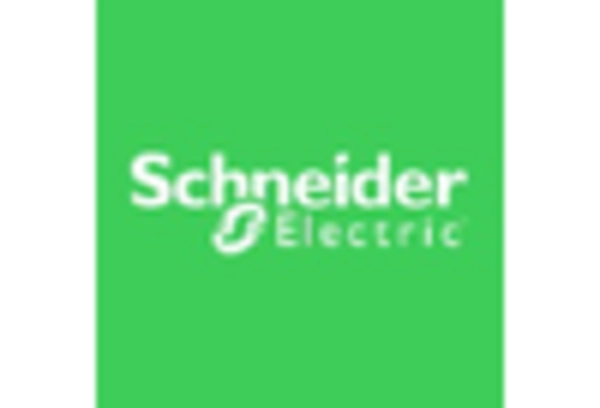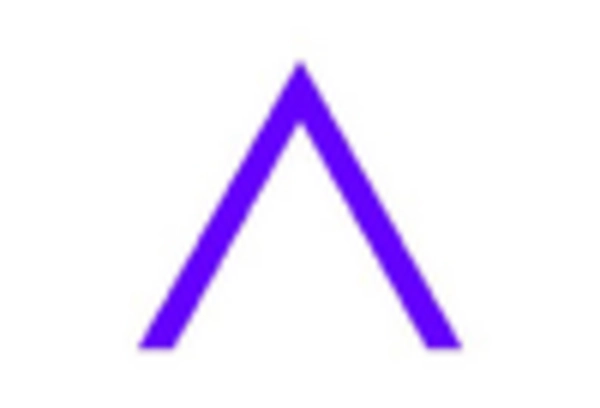Rising Energy Costs
The escalating costs of energy in the US are driving the energy retrofit-systems market. As consumers and businesses face higher utility bills, there is a growing incentive to invest in energy-efficient solutions. According to the US Energy Information Administration, residential electricity prices have increased by approximately 15% over the past five years. This trend compels property owners to seek retrofitting options that can reduce energy consumption and lower costs. The energy retrofit-systems market is likely to benefit from this shift, as more stakeholders recognize the long-term savings associated with energy-efficient upgrades. Furthermore, the potential for reduced operational costs may encourage investments in advanced technologies, thereby enhancing the overall market landscape.
Financial Incentives and Rebates
Financial incentives and rebates offered by federal and state governments are playing a crucial role in stimulating the energy retrofit-systems market. Programs such as the Federal Investment Tax Credit provide substantial tax benefits for energy-efficient upgrades, making retrofitting more financially viable for property owners. Additionally, various state-level initiatives offer rebates for specific energy-efficient technologies, further encouraging investments in retrofitting. These financial incentives not only lower the upfront costs associated with energy retrofits but also enhance the return on investment for property owners. As awareness of these programs increases, the energy retrofit-systems market is likely to see a surge in adoption, driven by the financial benefits associated with energy-efficient upgrades.
Government Mandates for Energy Efficiency
Government mandates aimed at improving energy efficiency are significantly influencing the energy retrofit-systems market. Various federal and state regulations require buildings to meet specific energy performance standards. For instance, the Energy Policy Act encourages energy-efficient retrofitting in commercial buildings, which has led to increased compliance costs for non-compliant structures. As a result, property owners are more inclined to invest in energy retrofit systems to adhere to these regulations. The market is expected to expand as more entities recognize the necessity of compliance and the benefits of energy-efficient upgrades. This regulatory environment not only drives demand but also fosters innovation within the energy retrofit-systems market.
Increased Awareness of Environmental Impact
There is a growing awareness of the environmental impact of energy consumption, which is positively influencing the energy retrofit-systems market. As climate change concerns escalate, both consumers and businesses are seeking ways to reduce their carbon footprint. The energy retrofit-systems market is positioned to benefit from this shift, as retrofitting buildings with energy-efficient systems can significantly lower greenhouse gas emissions. According to the US Environmental Protection Agency, buildings account for nearly 40% of total energy consumption in the country. This statistic underscores the potential for energy retrofits to contribute to sustainability goals, thereby driving demand for energy-efficient solutions.
Technological Advancements in Energy Solutions
Technological advancements are reshaping the energy retrofit-systems market. Innovations in energy-efficient technologies, such as advanced HVAC systems, smart thermostats, and energy management software, are becoming increasingly accessible. These technologies not only enhance energy efficiency but also provide real-time data analytics, allowing users to monitor and optimize energy consumption. The integration of Internet of Things (IoT) devices is particularly noteworthy, as it enables seamless communication between systems, leading to improved energy management. As these technologies become more prevalent, the energy retrofit-systems market is likely to experience substantial growth, driven by the demand for smarter, more efficient energy solutions.

















Leave a Comment